Colli Bolognesi, what to see: 10 must-see stops
The hills of Bologna are natural parks, they are villages and castles just a stone’s throw from Bologna, one of the most beautiful cities in Italy, they are museums and adventurous trails, they are unmissable gastronomic specialties, yet it is not all of these that you think of when you hear about the hills of Bologna. For everyone, or at least for those born before the turn of the last century, the name of the Bolognese hills invariably evokes carefree kids running up and down these fairytale landscapes riding their Vespas. The iconic “50 special” sung in 1999 by Cesare Cremonini with the then Lunapop has, moreover, become not only the anthem of an entire generation, but also the manifesto of how much the hills of Bologna have to offer. On the gentle slopes surrounding Bologna, on the other hand, there is certainly no shortage of things to do, and to see, among a nature shaped with patience and skill by the incessant work of man and villages that preserve small and large masterpieces of art and architecture and where it is possible to sit down to enjoy good wine to accompany the extraordinary dishes of Emilian cuisine. The hills of Bologna are also home to many parks where you can relax and breathe good air without straying too far from the everyday city life. Between Casalecchio di Reno and Casaglia, for example, there is the Chiusa Park, or “Tolon,” where you can stroll among avenues of horse chestnuts and poplar forests, while in Valsamoggia you cannot miss an excursion to the park of the Monteveglio Abbey, one of the oldest religious buildings in the entire Bologna area. Just south of Bologna, on the other hand, you will find the park of the Bolognese gypsums and the Abbadessa gullies where you can go on a discovery tour of really suggestive caves and creeks finally, along the rio Marzatore, you will find the eponymous natural salt water area where you can walk to a small creek where this very special water gushes out. Here are ten things not to miss on your trip to discover the hills of Bologna.
1. The Sanctuary of San Luca in Bologna
The Sanctuary of the Blessed Virgin of San Luca, or San Lòcca as they call it in these parts, is unquestionably one of the best-known symbols of Bologna and one of the places dearest to all Bolognese. The sanctuary of San Luca overlooks the city from the Colle della Guardia, a rocky outcrop covered by dense forest, and can be reached from Porta Saragozza through a long and characteristic portico, considered the longest in the world, which bypasses Via Saragozza with the monumental Arco del Meloncello and then climbs steeply to the sanctuary, which is almost 300 meters above sea level. Here for centuries pilgrims have climbed to venerate the icon of the Virgin and Child, known as St. Luke. According to some sources, moreover, a hermit named Euthymius had settled on this hill as early as the 12th century, who had come from Constantinople bringing with him a cedar table on which an image of the Virgin was painted in the ancient Byzantine style. Since then these places have always been the focus of great devotion so much so that in the mid-18th century it was decided to build the shrine according to a design by Carlo Francesco Dotti. This still has a purely Baroque style, is circular in plan with short arms in the shape of a Greek cross, has a single nave inside, and the overall grandiose effect is given by the large drum supporting a majestic dome. The sanctuary preserves valuable paintings of the 17th-century Bolognese school by, among others, Guido Reni. Behind the presbytery a staircase leads to a tribune in which the icon is kept.
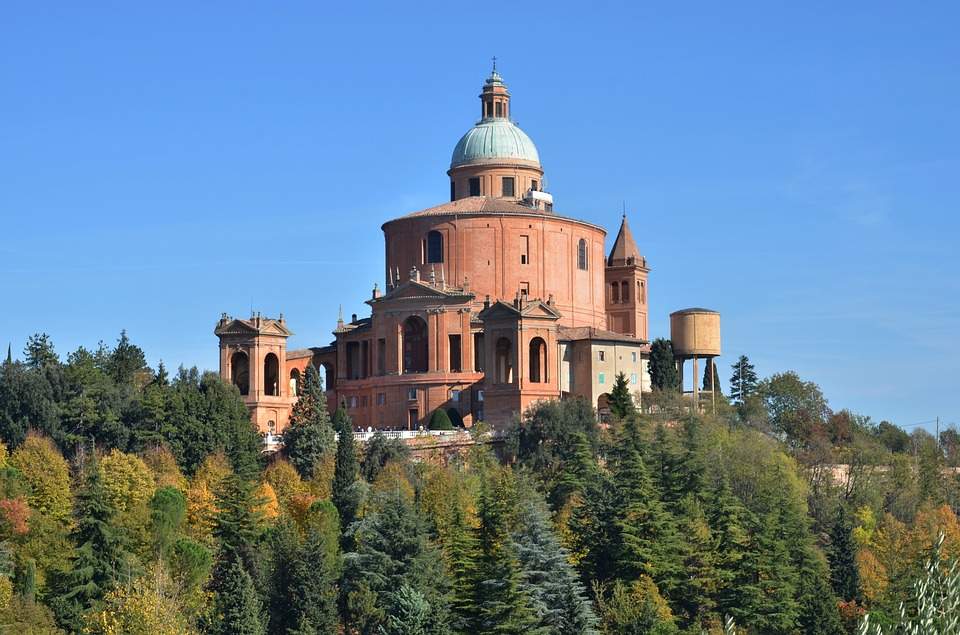
2. Serravalle Castle
The medieval village of Serravalle Castle dominates the surrounding area from the top of a ridge and today is part of the municipality of Valsamoggia. Serravalle Castle retains a unique charm, enclosed within ancient walls and surrounded by lush nature just waiting to be discovered at a slow pace. This village with a history as long as it is rich over the centuries has seen armies and condottieri pass through and today is still perfectly preserved enough to offer visitors numerous places of interest. Among them is certainly the Rocca of medieval origin, with tower, part of the fortifications and gateway to the village. Here, inside the 13th-century Captain’s House is the interesting Ecomuseum of the Hill and Wine, which offers a glimpse into the history and traditions of the inhabitants of the Bolognese hills. Walking through the village, the neo-Romanesque church of San Pietro then stands out, as well as interesting dovecote towers, a reconstruction of a medieval vegetable garden, some wells and a centuries-old vineyard on the side of the church. Also not to be missed is the river park surrounding the Baroque church dedicated to St. Apollinaris and again Cuzzano Palace. For those who are fond of outdoor activities, Serravalle Castle is then the starting point of many Cai trails that penetrate throughout the territory of the regional park of Abbazia di Monteveglio .
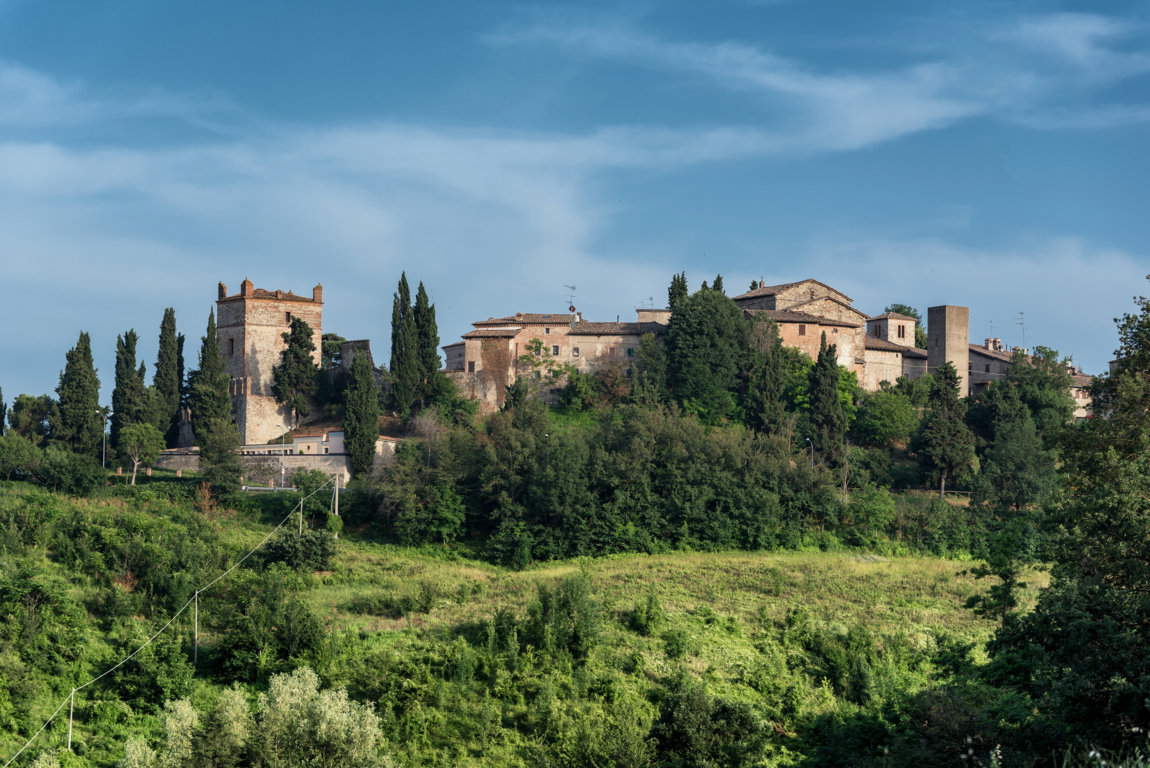
3. Rocca di Roffeno
Few places are able to render the typical atmosphere of the Bolognese hills as well as Rocca di Roffeno. This is a small hamlet in the municipality of Castel d’Aiano. Here, amidst scattered houses and beautiful cottages sprouting from the green woods, Bolognese and tourists alike seek some coolness and relaxation away from the hectic city life. Numerous are in Rocca di Roffeno the traces of the past as well as places to visit. These certainly include the ancient abbey of Santa Lucia, which is located just outside the town and where for centuries wayfarers traveling along the nearby road linking Emilia and Tuscany found refuge. Small towns such as Monzone, whose origins date back to the 14th century, and the 15th-century Ca’ Masina are also very beautiful. The jewels of Rocca di Roffeno, however, are its tower houses and the nearby parish church. An ancient fiefdom of Matilde di Canossa on the border between the territories of Bologna and Modena, Rocca di Roffeno was always an object of contention between the Papal States and the Duchy. Today the main vestiges of this past are the many fortified buildings scattered throughout the municipal territory. Among these a special mention deserves the Monzone tower, according to some the site of the original Roffeno castle and home for some years of the painter Giorgio Morandi.
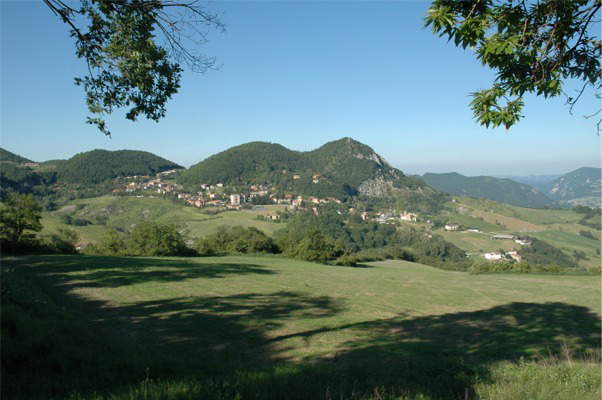
4. Rocchetta Mattei
A fairy-tale castle that stands out in the middle of the hills of Bologna. This is the Rocchetta Mattei, a dream come true of Count Cesare Mattei, a politician and self-taught physician who in 1850 initiated the construction of this luxurious residence. Built on the ruins of an earlier fortress in a style ranging from Moorish to neo-medieval to Art Nouveau, the rocchetta is a maze of towers, monumental staircases, reception rooms and private rooms. Over the course of nearly two hundred years, the rocchetta Mattei has hosted sovereigns and heads of state and can now be visited thanks to an agreement between the Fondazione Carisbo, which owns the building, the Municipality of Grizzana Morandi, the Metropolitan City of Bologna and the Unione Comuni dell’Appennino Bolognese. To visit the rocchetta Mattei is to take a journey through a kaleidoscope of architectural gimmicks that pass in a short time from the imposing entrance staircase to the iconic chapel, a space that combines Arab-Islamic elements with others from the medieval Italian architectural tradition, such as the women’s gallery and semicircular apse. Then there is an incredible hanging garden from which to admire the sequence of buildings that make up the rocchetta, and then again the courtyard of the Lions that recalls that of the Alhambra in Granada, and then again a long sequence of small and large rooms all richly decorated.
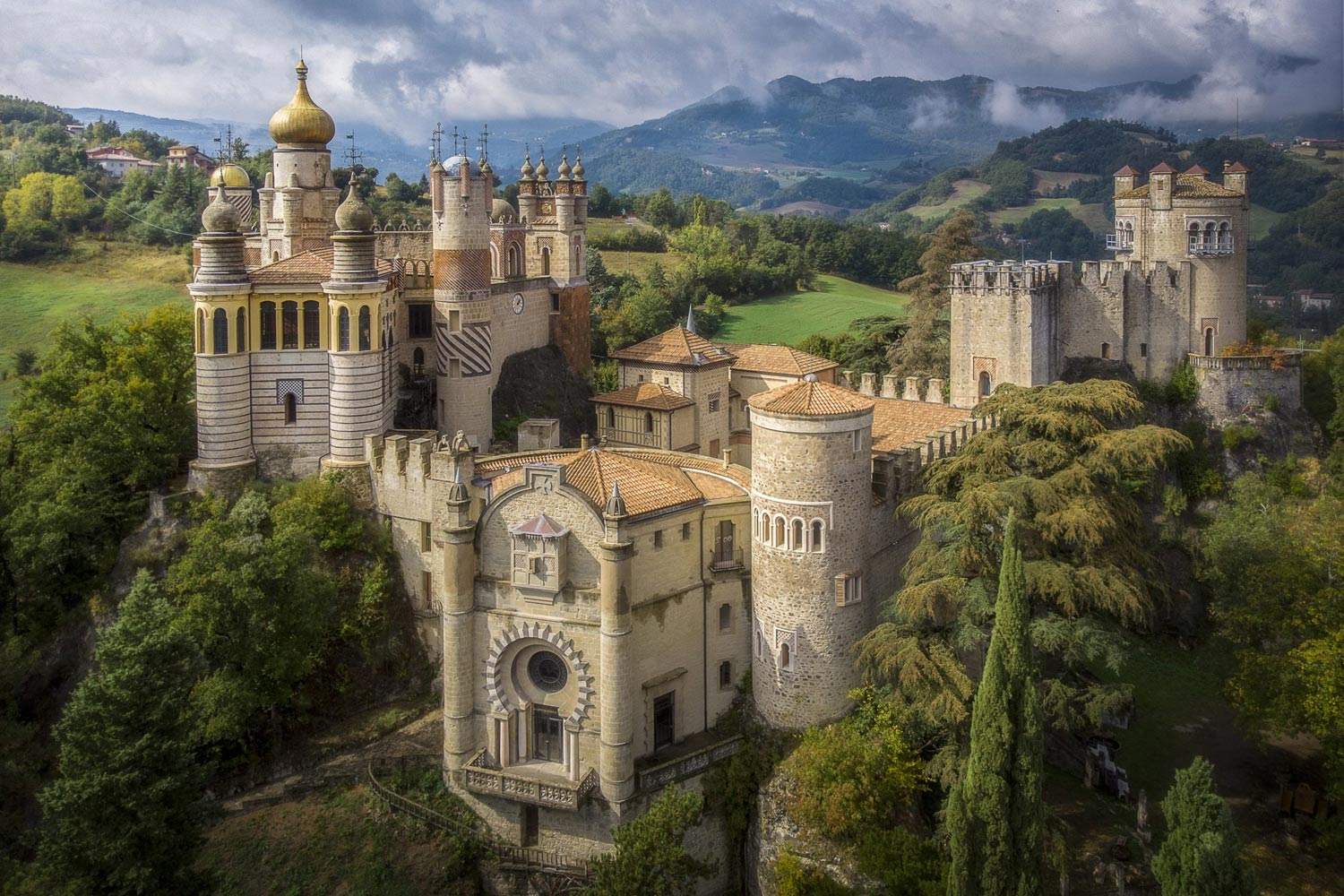
5. Ca’ la Ghironda
Ca’ la Ghironda Modern art museum is a large 10-hectare park in the hills of Bologna, just minutes from the city center, housing a collection of modern and contemporary art in painting and sculpture. There is also a botanical garden with more than 150 different species of local or naturalized plants, an open-air theater, and inside the modern residence is a conference space and restaurant. However, it is art that is the great protagonist of Ca’ la Ghironda. As you walk along the gentle slopes of the park, you can admire as many as 210 sculptures of various materials and the work of important authors such as Manzù, Zorio, Messina, Minguzzi and many others. Inside the residence is the exhibition center where there are 500 works by the most representative artists of national and international painting from the 1500s to contemporary days including real gems just waiting to be discovered by the visitor’s attentive eye.
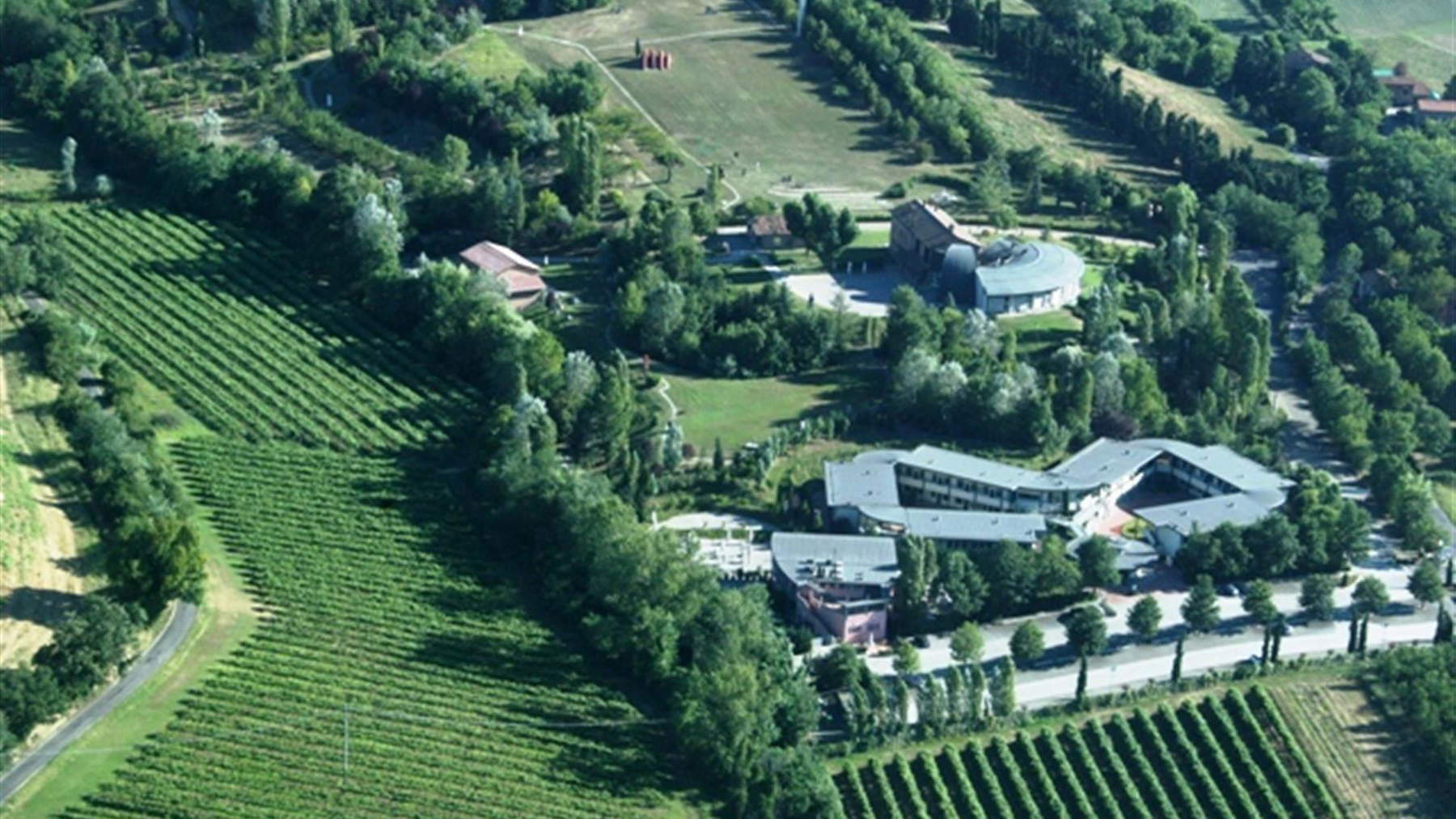
6. The village of Monteveglio
Once an impregnable stronghold today one of the most evocative places in all the hills of Bologna. The fortified village of Monteveglio stands together with the ancient Abbey of Santa Maria Assunta on the top of a hill overlooking the valley. The origins of the castle are traced back to the year 1000, and today the arched gateway and a massive castle tower remain of the original fortification. The ancient abbey is certainly the most photographed monument in these parts and with its rigorous beauty has dominated these valleys for more than a thousand years. Built in 1092 in Romanesque forms, the abbey of Monteveglio is flanked by a 15th-century bell tower, and the apse and crypt inside stand out. Full of charm, however, is the entire village of Monteveglio at whose entrance one immediately comes across a 14th-century tower that now houses the visitors’ center. The whole town is then a continuous succession of ancient palaces, churches, shrines and oratories whose walls still exude the long history that has involved them.
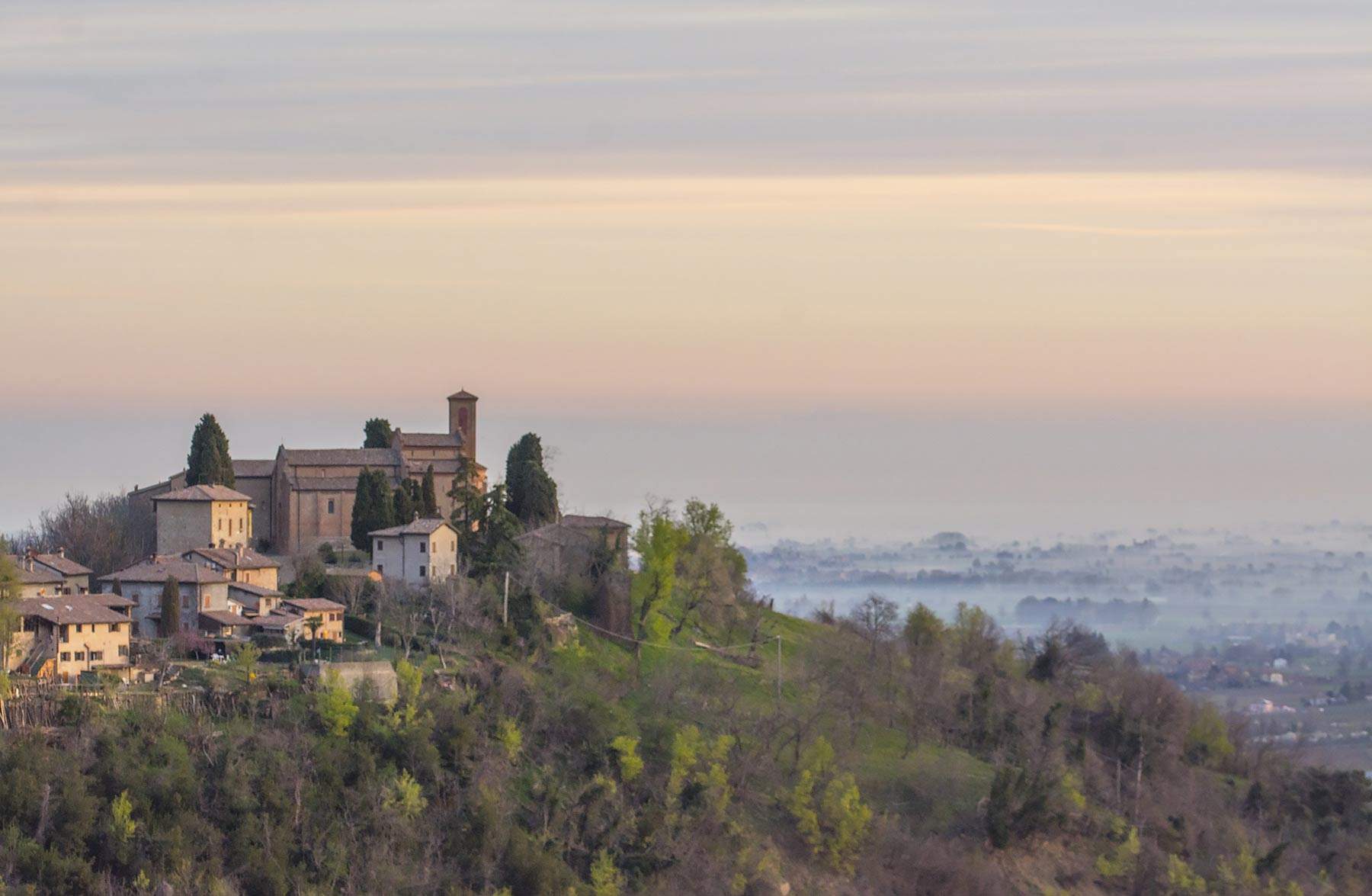
7. Dozza
Dozza is part of the select club of the “Most Beautiful Villages in Italy” and is most famous for being an open-air museum where ancient and modern blend in a truly unique way. Among palaces and buildings that bear witness to the village’s rich past, works by major contemporary artists have stood out for over sixty years now, making Dozza the capital of the painted wall. In all, one can admire more than one hundred murals created by those who have participated in the Biennial of the Painted Wall since 1960. All this is set within a perfectly preserved historic center overlooked by the mighty Rocca Sforzesca. The latter was later transformed into the stately Palazzo Malvezzi Campeggi, named after the family who, in the late 16th century, transformed this building from a purely military one into a stately residence. The apartments on the main floor, the salon, parlors and bedrooms, kitchen, prisons, torture chambers, and walkways on the towers are worth a visit. The second floor houses the Muro Dipinto study and documentation center and the Mascellani Collection, while the basement houses theEnoteca regionale dell’Emilia Romagna.
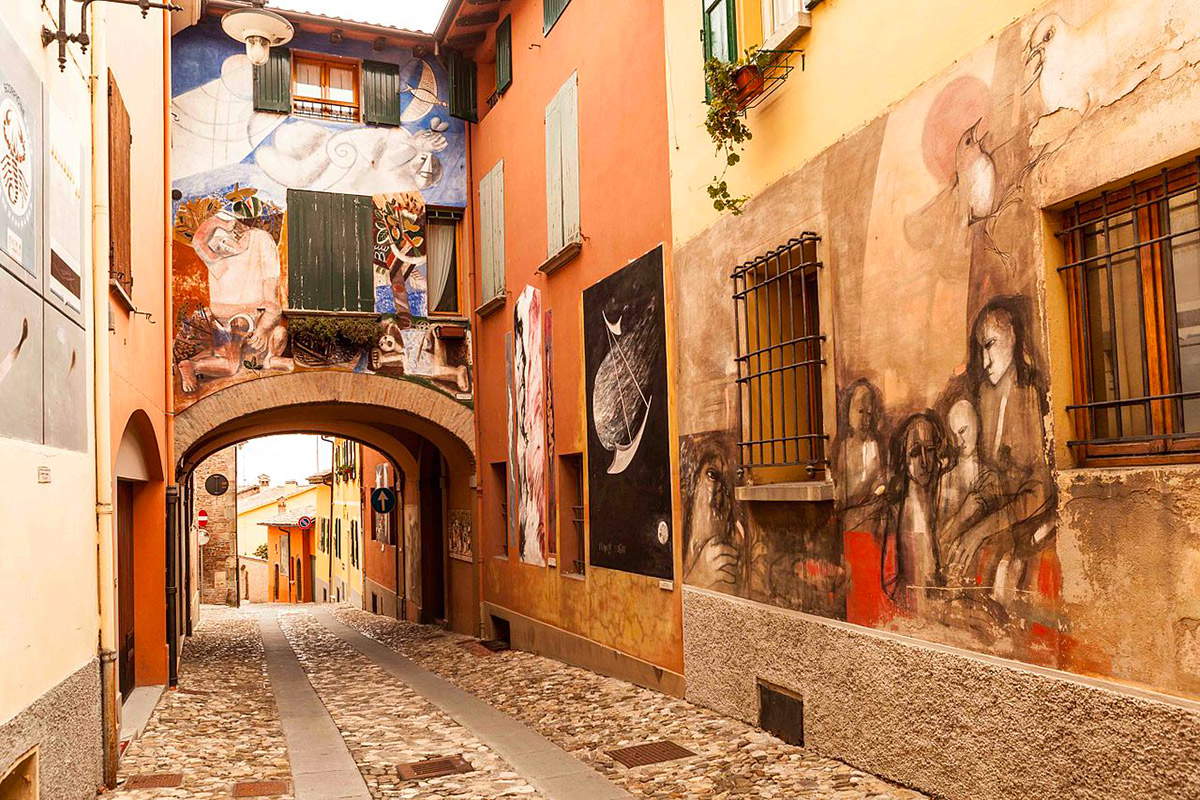
8. Labante Cave
The Cave of Labante is located in the territory of Castel d’Aiano and is the largest primary cave in travertines in Italy and one of the largest in the world: as many as 51 meters with 12 of height difference. The history of the Labante Cave is so long that even the Etruscans of Marzabotto used it as a travertine quarry for their sacred statues and funerary monuments. However, it is the extraordinary views offered by this wonder of nature that make it one of the most beloved places for visitors. Above the cave is a natural waterfall fed by the same spring that gave rise to the limestone formation. Tunnels and pertuosities allow visitors to visit the caves inside which it is possible to admire the natural action of water that has shaped plants and calcite crystals into the strangest shapes. The Labante Cave is at the center of a beautiful park suitable for hiking or biking, and from whose paths it is possible to indulge in the search for the most striking shot of these magical places.
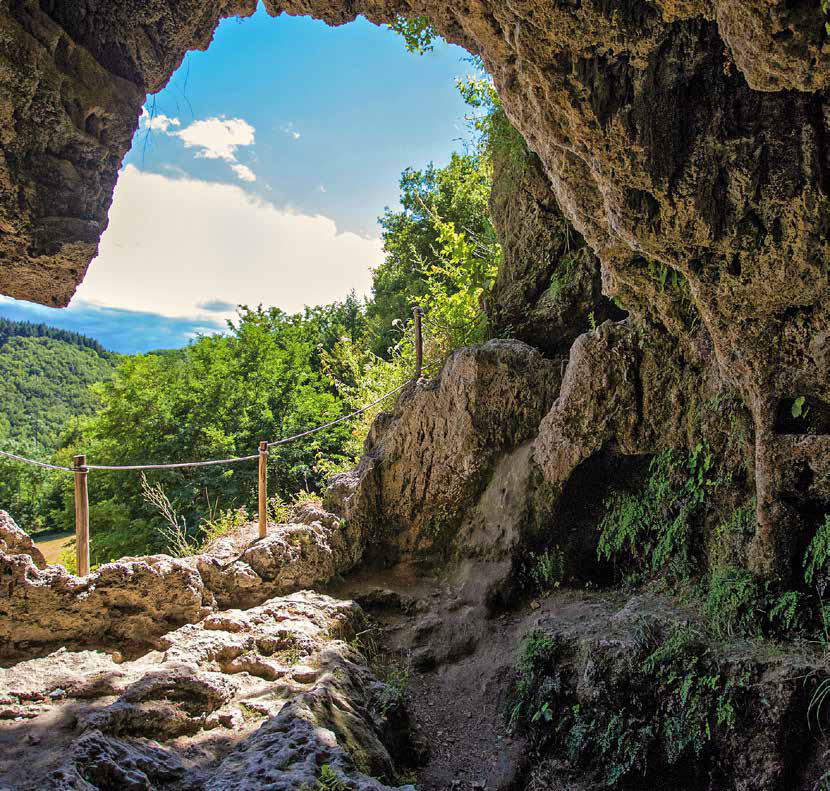
9. The House of Guglielmo Marconi
In Pontecchio Marconi there is a very special museum. Here, in the birthplace of radiotelegraphy, the Marconi Museum documents and recounts the highlights of the life of one of the greatest inventors in world history who, starting with his first experiments right at Villa Griffone, went on to spread his wireless communication system to all five continents. Period apparatus, interactive materials, videos and illustrative panels bring visitors closer to the world of Guglielmo Marconi and electromagnetic wave transmissions. In the magnificent setting of the villa, which has remained as it appeared two centuries ago, the museum is spread over three floors and occupies all the spaces that are not reserved for researchers and the library. It thus starts from the attic, where a young Guglielmo Marconi set up his first laboratory, and then descends gradually to the main hall, the engine room and then the great inventor’s park and mausoleum.
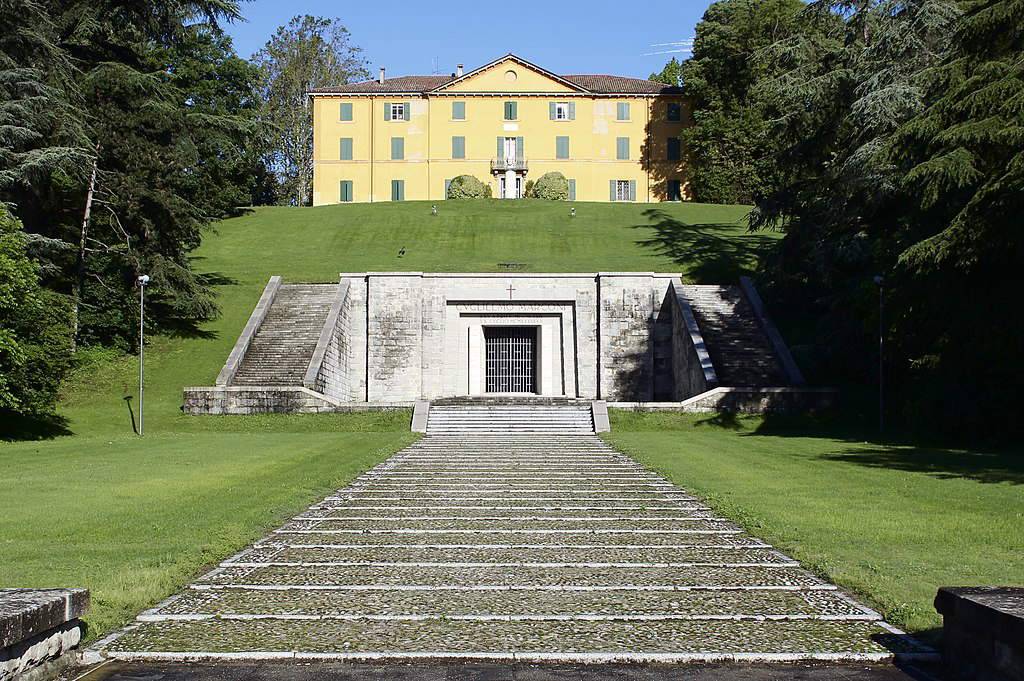
10. Palazzo de’ Rossi in Vezzano
Now a venue for large receptions and meetings, Palazzo de’ Rossi has been at the center of events here since before the discovery of America. Its origins are traced back to the second half of the 15th century, when Bartolomeo de’ Rossi, a senator of Parma origin, decided to erect a sumptuous residence in Pontecchio that could accommodate nobles, intellectuals and ecclesiastics visiting Bologna. Torquato Tasso and Pope Julius II, among others, passed through these rooms, and since then Palazzo de’ Rossi has never ceased to be a favorite destination for important events and for hosting illustrious guests. A privileged starting point for visiting both Bologna and all of its splendid hills, palazzo de’ Rossi is also a perfect place for those who want to treat themselves to a vacation in the great outdoors. Everything can only begin with the discovery of the ancient village, now completely renovated to offer all-round hospitality services including restaurants, hotels and luxurious apartments where you can relax perhaps after cycling along the great cycle route of the Sun or having climbed the nearby fortress of Badolo or even having walked along the via degli dei, the great path that connects Piazza Maggiore in Bologna with Piazza della Signoria in Florence.
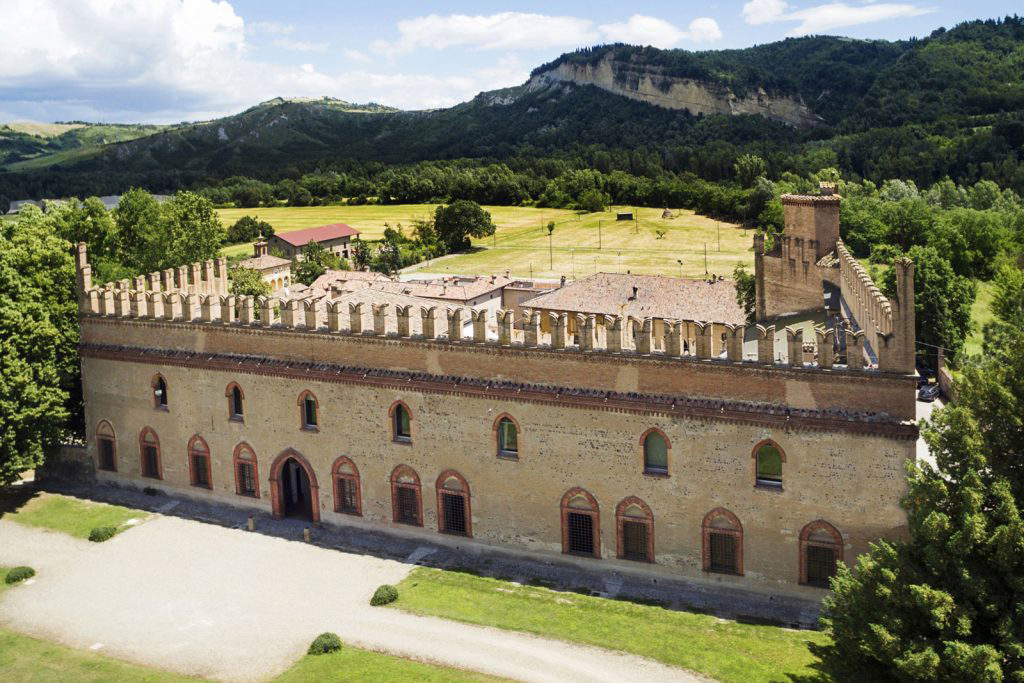
 |
| Colli Bolognesi, what to see: 10 must-see stops |
Warning: the translation into English of the original Italian article was created using automatic tools. We undertake to review all articles, but we do not guarantee the total absence of inaccuracies in the translation due to the program. You can find the original by clicking on the ITA button. If you find any mistake,please contact us.


























